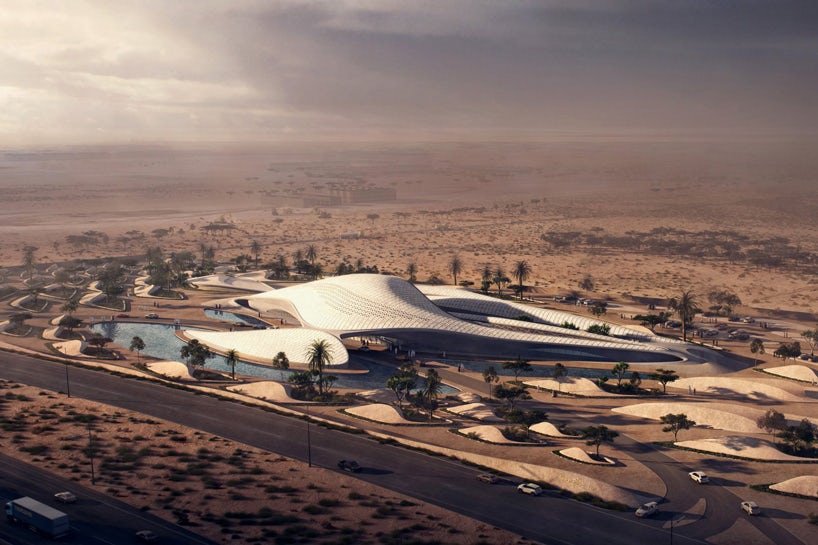OMA’s latest project is a protective case of sorts, like a super-sized version of something you might buy at, say, Muji to store documents or doodads. In the case of the Garage Museum in Moscow — open as of last week — the precious contents are works of contemporary art.
Founded in 2008 by collector Dasha Zhukova, the institution has established itself as an authority in the art world, focusing on post-1950 and contemporary Russian art; it takes its name from the Melnikov-designed space where it launched. Shigeru Ban designed its second temporary home; the OMA conversion project is intended to be more permanent. Located in Gorky Park — a locus of renewal by all accounts — the prefabricated concrete pavilion was originally constructed in 1968 to house the 1,200-seat “Seasons of the Year” restaurant. By the time Zhukova’s husband Roman Abramovich purchased it in 2013, the long, rectangular banquet hall was crumbling after some two decades of neglect.

© David X Prutting
Koolhaas was intrigued by the typology, describing the scale as “generous” and designed to “receive the public” even as he acknowledges that it makes for a relatively small contemporary museum. Per a statement on the OMA website, they set out to “explore the qualities of generosity, dimension, openness, and transparency of the Soviet wreckage and find new uses and interpretations for them; it also enabled us to avoid the exaggeration of standards and scale that is becoming an aspect of contemporary art spaces.”

© David X Prutting
His primary move is to outfit the building in a double skin of polycarbonate — ventilation is sandwiched between the layers so the interior space remains open — to the effect that its ostensible ad-hocness that belies a certain elegance and programmatic coherence as a historic site. While the massive doors look like sheets of sheer polycarbonate, the otherwise uniform façade is interrupted by a line of glazing, and the cladding actually floats above the wraparound glazing of the first story.

© Yuri Palmin
Even so, the overall effect is, in the immortal words of Jonathan Ive, “unapologetically plastic.” Whereas Apple’s Chief Design Officer largely deals in the fine-tuned radii of pocketable objects — rumor that he’s expanded his role, regarding the Foster-designed spaceship campus, duly noted — the 54,000-square-foot building far exceeds the scale of, say, the iPhone. Nevertheless, it’s the same instinct: to build the case into the design itself.

© Timur Shabaev
In some ways, the new project is a means of preserving a fossilized specimen; unlike amber (or tar), the decidedly modern material serves as both carapace and vitrine. “Now that preservation is increasingly important in our approach to existing cities, the period between the 1960s and 1980s is, worldwide, an exception,” reads Koolhaas’ statement. “We can imagine saving Fin de Siècle, early modernism, but the more anonymous and impersonal architecture that emerged after World War II has few fans and almost no defenders.”

© Yuri Palmin
Nevertheless, for all that Koolhaas romanticizes of both the Soviet era and the ravages of time, the building itself is willfully utilitarian. It reads something like a massive greenhouse set in the wider context of Gorky Park and Moscow — an easy metaphor for a structure that is designed expressly to facilitate growth … precisely by defying the seasons of the year.









